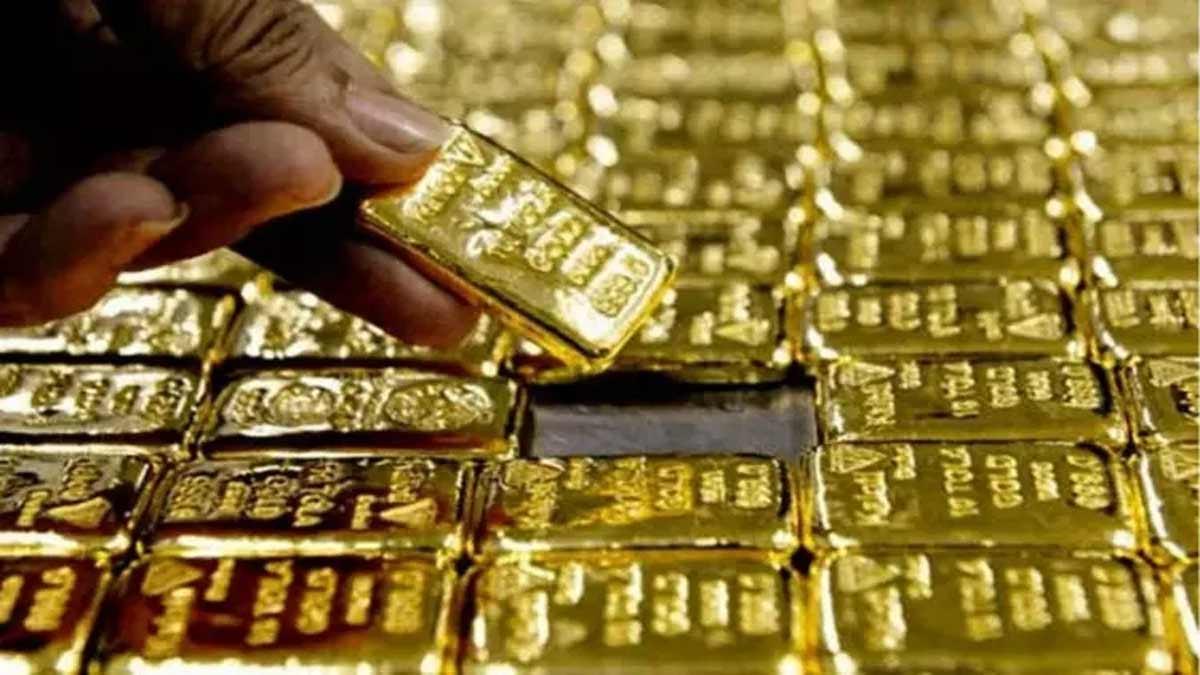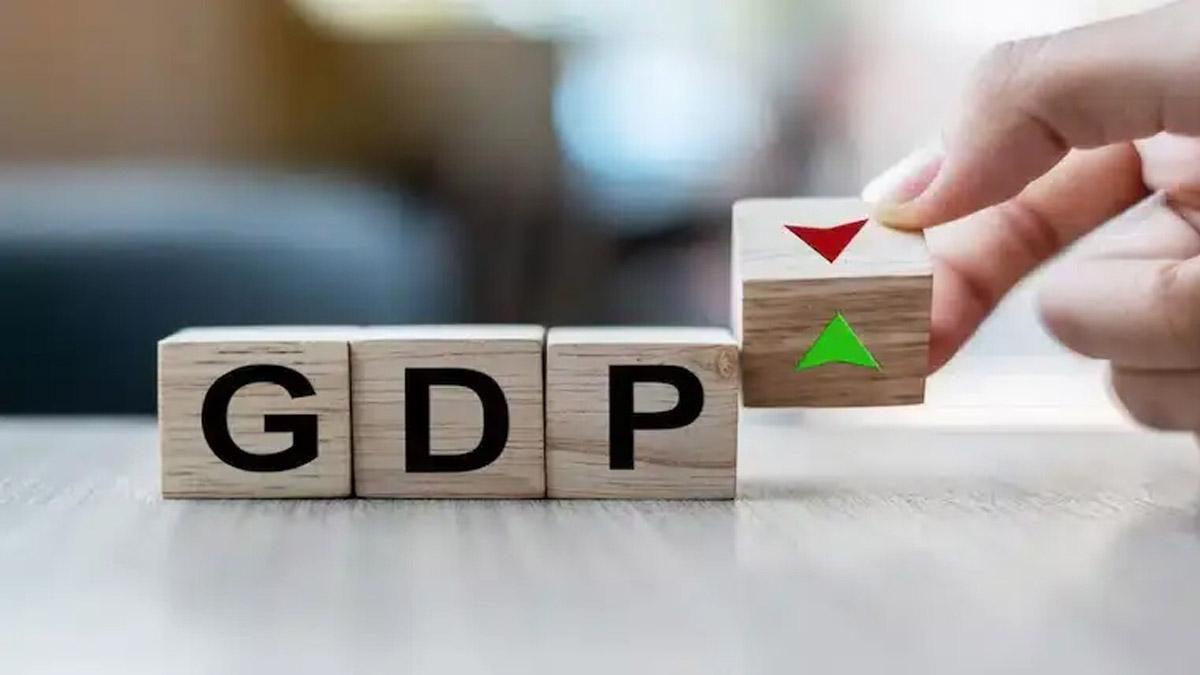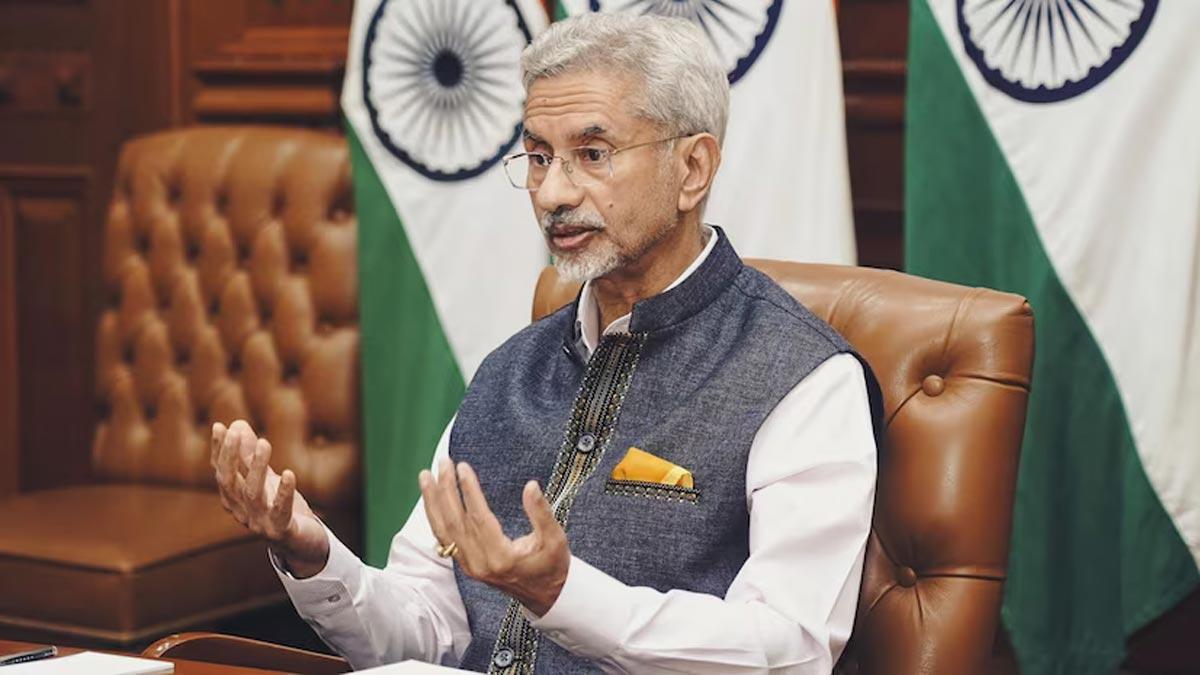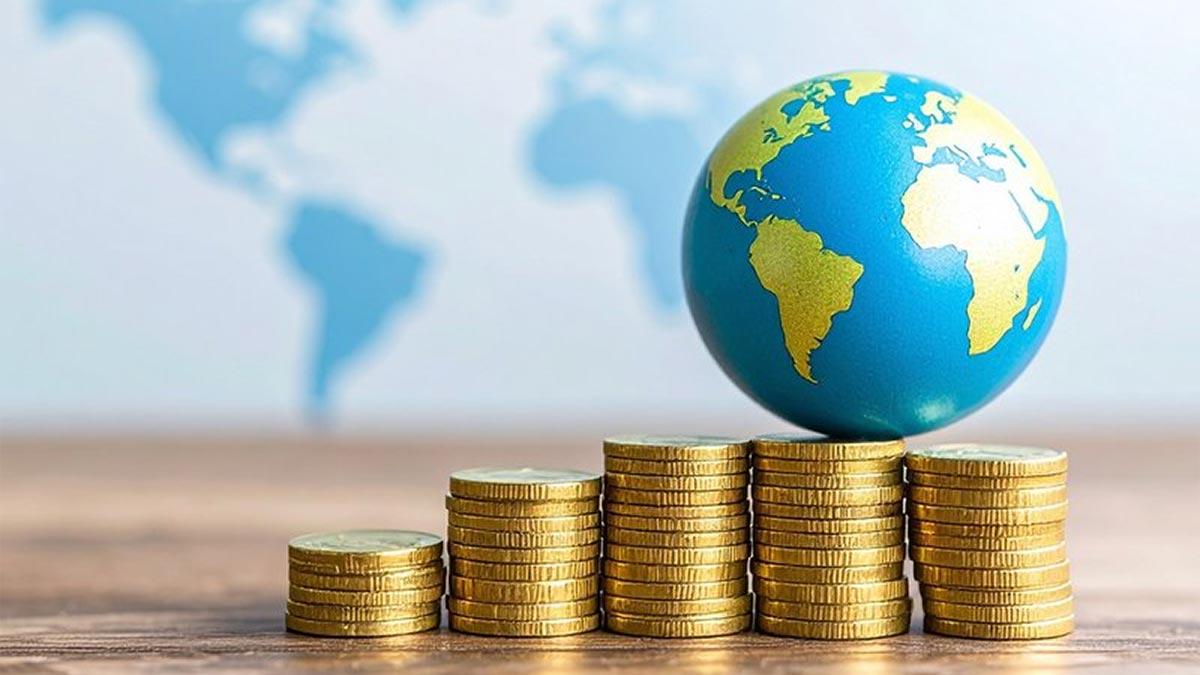Investing in gold serves as a reliable strategy to hedge against inflation. As the value of currency diminishes during periods of rising prices for goods and services, gold tends to appreciate in the long run, safeguarding the individual's wealth. Additionally, gold proves advantageous due to its high liquidity, allowing for easy selling in the market when needed, unlike real estate.
Furthermore, incorporating gold into an investment portfolio can diversify risk and reduce overall financial vulnerability. Unlike assets such as stocks and bonds, gold prices are not directly influenced by market fluctuations, providing a level of stability during volatile market conditions.
Despite its long-term appreciation, the short-term price of gold can fluctuate due to various factors:
Global Gold Prices and Import: India, as the second-largest importer of gold globally, experiences direct impacts on gold prices due to fluctuations in the global market.
Market Sentiments: Local market sentiments often align with global market trends, contributing to price variations.
Central Bank Transactions: Large-scale gold transactions by central banks, including the RBI, influence market prices.
Exchange Rate: The strength or weakness of the Indian rupee in comparison to the US dollar directly affects gold prices.
Inflation and Economic Uncertainty: Increased demand for gold during periods of inflation and economic uncertainty leads to higher gold prices.
Interest Rates: Lower interest rates make gold more appealing to investors, driving up demand and prices, while higher interest rates have the opposite effect.
Government Policies: Import restrictions and customs duties imposed by the government impact gold prices.
Seasonal Demand: Gold prices often rise during festive and wedding seasons due to heightened demand.
Geopolitical Events: Events like geopolitical tensions can impact gold prices.
Considering these short-term factors is crucial for making informed decisions about investing in gold at opportune times.
As of now, the price of 24-carat gold in the Indian market is approximately Rs 6,200 to Rs 6,500 per gram.
Various options exist for investing in gold, including traditional forms like bars, coins, and jewelry, as well as digital options:
Gold ETFs (Exchange Traded Funds): Traded like regular stocks, these open-ended mutual fund schemes invest in physical gold.
Gold Mutual Funds: These funds invest in gold ETFs, providing an indirect way to invest in gold.
Sovereign Gold Bonds (SGBs): Issued by the Government of India, SGBs allow investment in gold without physical possession, offering a fixed tenor and additional interest at encashment.
While these investment options provide alternatives to owning physical gold, it's crucial to recognize that, like any investment, gold carries risks. Fluctuations in the global economy, geopolitical events, and government policies can impact gold prices. Therefore, thorough research and professional advice are essential before making investment decisions.
(With Agency Inputs)
Read also| Steady at Rs 63,150: Gold Prices Show No Significant Change per 10 Grams
Read also| Gold Surges by Rs 250, Silver Witnesses a Rally of Rs 400


















